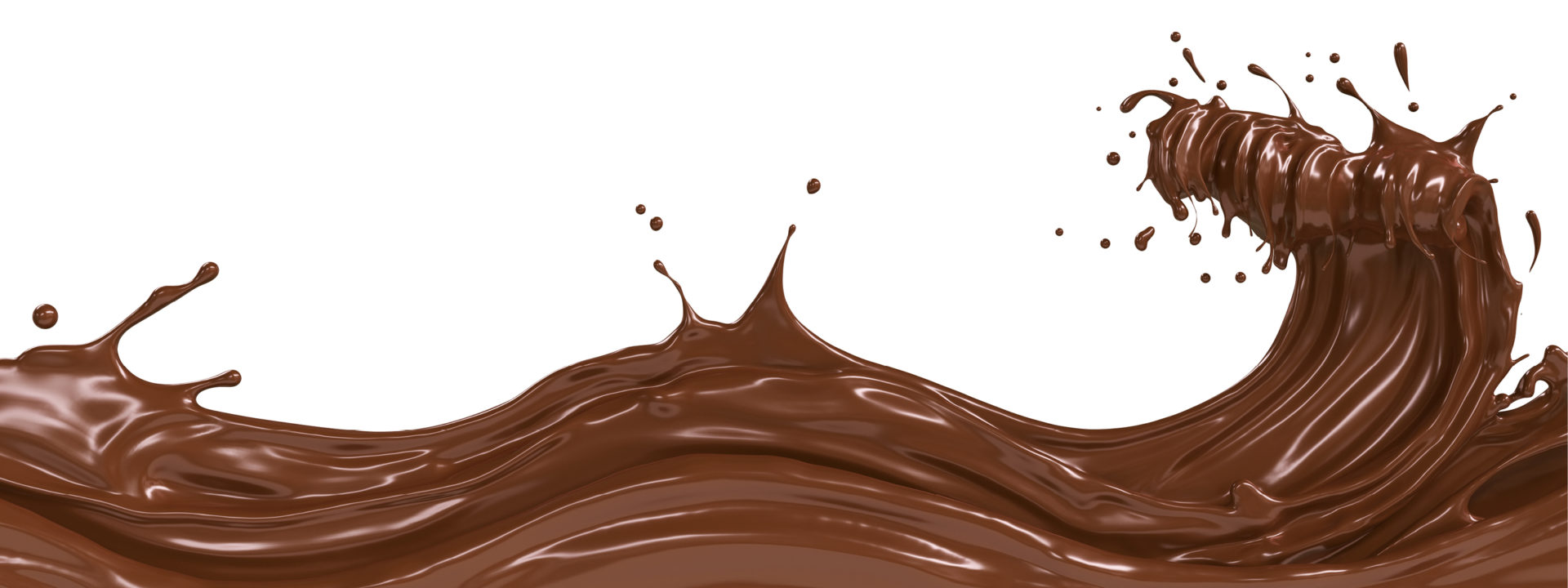What do chocolate and cannabis have in common? Well, besides both starting with the letter C? Oddly, there are a lot of similarities between the two, which might be why they’re at the top of a lot of peoples’ list of favourite things!
The biggest similarity between chocolate and cannabis is how much you can find them weaved throughout human history. For thousands of years, and across many cultures, our ancestors have turned to either chocolate or cannabis as medicine and to this day, both are used by people to treat different conditions—or just for fun.
Specifically, there’s evidence of chocolate being used as early as 4,000 years ago in ancient Mesoamerica, which was populated by civilizations like the Olmec, Zapotec, Maya, Toltec, and Aztec peoples. We have the Olmec to thank for turning cacao beans into chocolate, by the way. After that brilliant invention, the Mayans then used chocolate as a drink hundreds of years later. The beverage generally consisted of cacao seeds, chilies, water, and cornmeal. It wasn’t meant to be enjoyed as the decadent hot chocolate we know today, but rather used in healing rituals and practices.
Eventually, and thankfully, chocolate made its way to Europe, specifically Spain. Though there are conflicting reports as to how it got to Europe, some say chocolate was discovered by Christopher Columbus when he intercepted a trade ship, while others credit the Spanish conquistador Hernán Cortés. No matter how it got here, we’re just happy it did. It wasn’t long before this new treat became popular throughout the continent, although its naturally bitter taste was altered with sugar and honey to make it more palatable to the Europeans.
By 1828, the industrial revolution had started taking hold and the chocolate press was invented. The revolutionary machine squeezed cocoa butter from roasted cacao beans leaving behind a fine powder, which was mixed with liquids and poured into a mould, becoming the chocolate bar we’re all familiar with. Of course, as time went on, chocolate bars (and products in general) evolved into crazy creations we love today, including cannabis-infused chocolate bars.
So who do we have to thank for putting cannabis and chocolate together? There’s no clear answer. The first mention of cannabis-infused food was in 2000 BC in India, a cannabis-infused drink known as bhang made with yogurt, nuts, spices, and rose water—and cannabis. In Europe, the first mention of edibles in Europe is believed to be in a cookbook titled De Honesta Voluptate et Valetudine in 1465, although it wasn’t until the early 1960s that the first cannabis-infused recipe was published in a cookbook called The Alice B. Toklas Cookbook. The recipe was for “Hashish Fudge,” and ultimately became the recipe synonymous with “cannabis brownies.” Surely there were people who experimented with cannabis and chocolate over the course of history, but these are the moments of record that are often referenced in cannabis culture.
Cannabis and chocolate make an incredible pair, not just because of the flavour but also because of how they work together. When you ingest cannabis, it’s processed differently by your body than if you smoked it, and it needs to be accompanied by a fat so it can be absorbed effectively. The fat content in chocolate helps improve the bioavailability of THC, which means better delivery to your Endocannabinoid system.
For more information on cannabis infused chocolate and how well they work together, check out Indiva’s guide to that very subject.
Enjoy!
